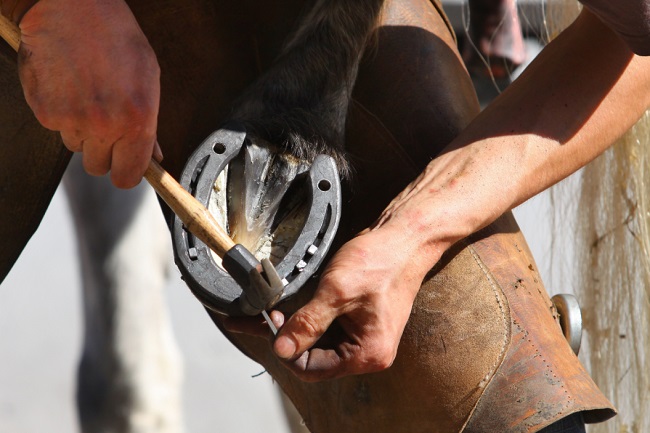Horse owners understand that maintaining their horse’s health requires regular hoof care, including Horseshoeing.
Understanding the intricate factors that determine the Horseshoeing Cost is crucial to budgeting appropriately for this necessary aspect of horse care.
This article delves deep into the multifaceted world of Horseshoeing, the costs associated with it, and the various elements that can influence these expenses.

Detailed Insight into Horseshoeing Costs
Horseshoeing Cost varies greatly based on various aspects such as the horse’s size, health, type of shoe used, and the local market conditions. On average, you can expect to pay between $100 to $200 per horse for a full set of shoes.
Size and Health of the Horse
Larger horses may require more expensive shoes due to their size and weight. Similarly, horses with certain health conditions might need specialized horseshoes, which can increase the cost. A horse with laminitis, for example, might need therapeutic shoes which can cost up to $300 per set.
Type of Shoes
Horseshoes come in many different materials, including steel, aluminum, and even plastic. Steel horseshoes are typically the least expensive, while aluminum shoes are lighter and more comfortable for the horse, but come with a higher price tag.
Specialty shoes, like corrective or performance shoes, can significantly increase the Horseshoeing Cost due to their intricate design and function.
Labor Costs
Farrier services are another crucial element that influences the cost of Horseshoeing. Labor costs can vary based on the farrier’s expertise and reputation, the region, and the complexity of the job. An expert farrier with years of experience will likely charge more than an apprentice.
Additional Horseshoeing Costs
Regular hoof care is not limited to Horseshoeing alone. Costs can also be incurred from routine trimming, hoof dressing, and treatment for hoof disorders.
Hoof trimming, for instance, should be done every six to eight weeks, and can range from $20 to $50 per session.
How to Minimize Horseshoeing Costs
Maintaining regular hoof care can minimize long-term Horseshoeing Costs. A horse with well-looked-after hooves will require fewer special shoes or treatments, thereby reducing the overall expense.
Ensuring a balanced diet for your horse, regular exercise, and cleaning hooves daily can contribute to better hoof health.
Conclusion
Horseshoeing is an indispensable part of horse care and understanding the costs associated with it can help you budget accordingly. While Horseshoeing Costs can vary based on many factors, regular hoof care and preventive measures can help keep these expenses in check.
In the end, investing in proper Horseshoeing and hoof care is an investment in your horse’s health and longevity. Keep in mind that the prices mentioned in this article can fluctuate based on several factors.
Therefore, it is advisable to consult with local farriers for a more accurate estimate tailored to your horse’s specific needs.
By understanding the in-depth information presented in this article, you can make more informed decisions regarding the health and well-being of your horse, ultimately ensuring a better quality of life for your equine friend. Hope now you know about the detailed analysis of Horseshoeing Cost.
























